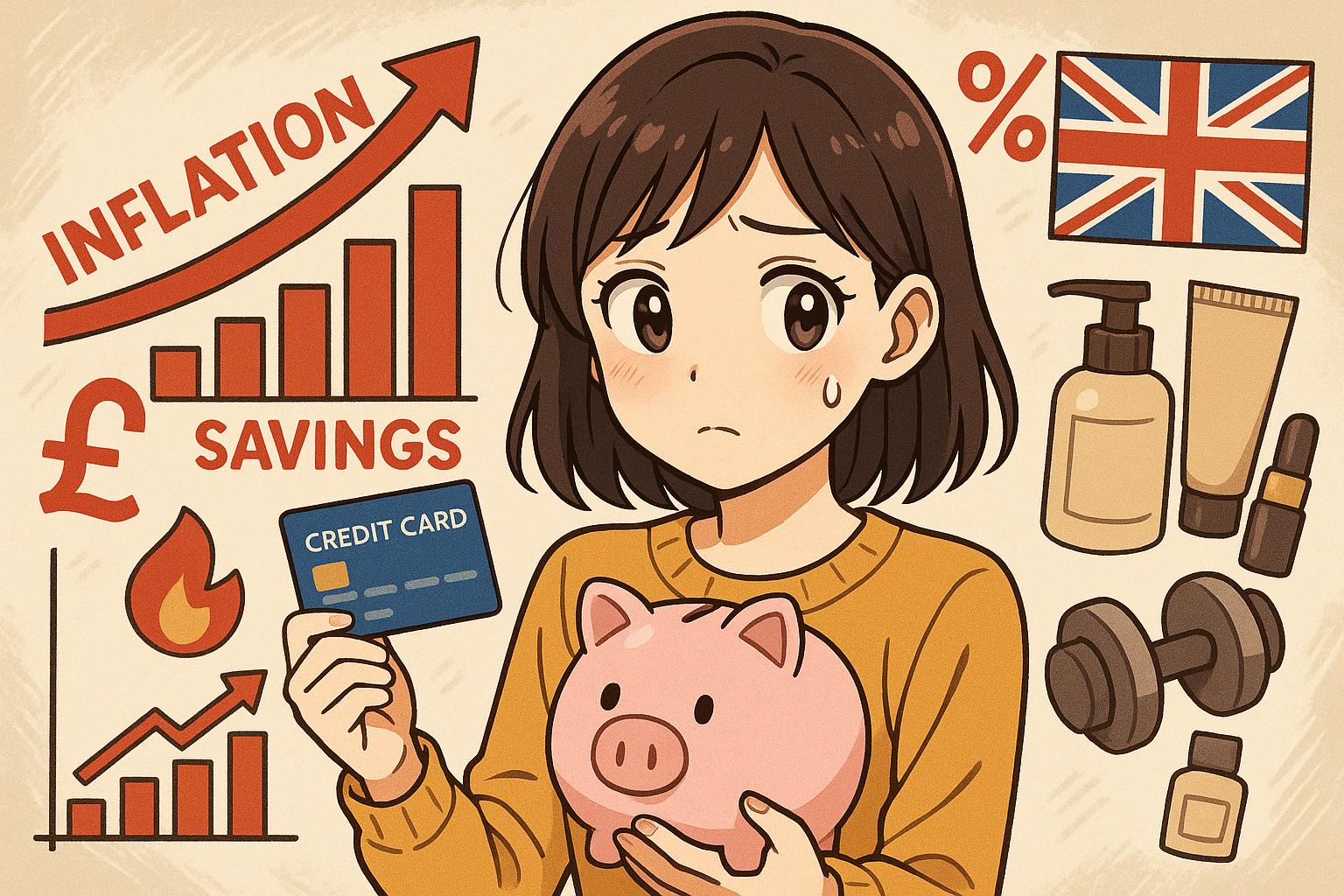The current economic landscape in the UK presents a complex picture for both consumers and brands, marked by an increase in disposable income paired with a palpable reluctance to spend. Recent assessments indicate that UK consumers have benefitted from a two-year trend where wage growth has surpassed inflation, leading to a higher savings rate—an encouraging 11% at the beginning of this year. Despite this financial cushion, consumer behaviour suggests a cautious approach to spending.
A recent Consumer Pulse survey reveals that while 55% of respondents feel financially secure, a significant three in five express concerns about the deteriorating state of the UK economy. This anxiety is prompting many to cut back on everyday expenses and defer larger purchases, suggesting a hesitancy that diverges from the positive indicators presented by rising incomes and savings.
Despite this general trend, spending data from over 100,000 UK consumers using the Snoop platform illustrates a curious contradiction. Data indicates a burgeoning willingness to indulge in non-essential categories: spending on health and beauty has risen by 13%, fitness by 12%, and pre-prepped, healthy meal boxes by 10% compared to the previous year. This raises the pressing question for brands and retailers: how can they effectively tap into the motivations underlying these consumer choices?
To better understand this dynamic, it is essential to consider broader economic factors that influence consumer behaviour. The aftermath of the COVID-19 pandemic, coupled with heightened energy prices and global events such as the Russia-Ukraine war, has created a unique consumption environment. While the European economy is gradually recovering, with the European Central Bank’s rate cuts aiming to stimulate consumer spending, higher interest rates continue to exert pressure on lower-income households. This discrepancy underscores a 'consumption conundrum' in the UK, where increases in real incomes and consumer confidence have yet to translate into robust consumption growth.
Furthermore, Catherine Mann, a senior policymaker at the Bank of England, has noted that the spending habits of wealthier consumers, who continue indulging in discretionary spending despite rising costs, impede efforts to control inflation. This is particularly evident in service sectors that have not seen the same curtailment in demand, creating a challenge for policymakers striving to reach inflation targets.
The economic backdrop also highlights an unexpected trend in household savings, which has soared since the pandemic. Data suggests that in the first quarter of 2024, UK households saved 11.1% of their disposable income, up from 5.8% at the end of 2019. This trend points to a cautious consumer mindset, with many prioritising savings amid economic uncertainty.
As the Bank of England grapples with decisions around interest rates—currently the highest in the G-7—current inflation figures reveal a gradual decline, dropping to 6.8% in July. However, core inflation remains stubbornly high, prompting fears that any economic recovery could be stymied by rising costs.
In summary, UK consumers are in a tricky position where increased incomes and savings create potential for spending, yet caution prevails due to broader economic concerns. Brands seeking to engage this cautious consumer base must navigate these complexities, ensuring they understand the motivations behind spending behaviours while also adapting to a fluctuating economic backdrop. With a delicate balance between consumer confidence and economic anxiety, the path forward for both consumers and brands will require a keen awareness of shifting dynamics in the marketplace.
Reference Map:
- Paragraph 1 – [1], [6]
- Paragraph 2 – [1], [2]
- Paragraph 3 – [3], [5]
- Paragraph 4 – [4], [7]
- Paragraph 5 – [6]
Source: Noah Wire Services
